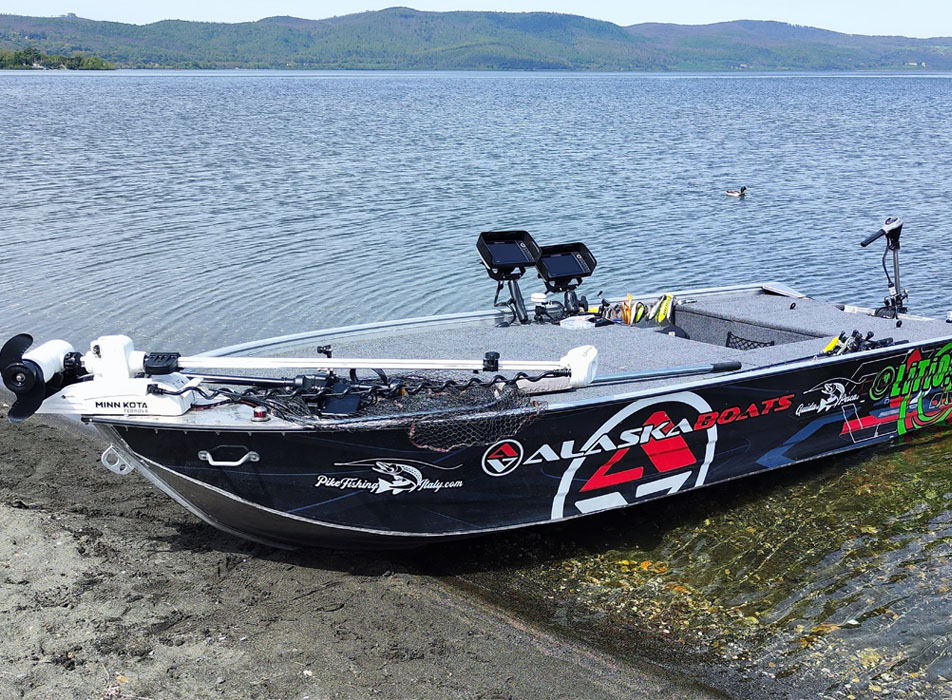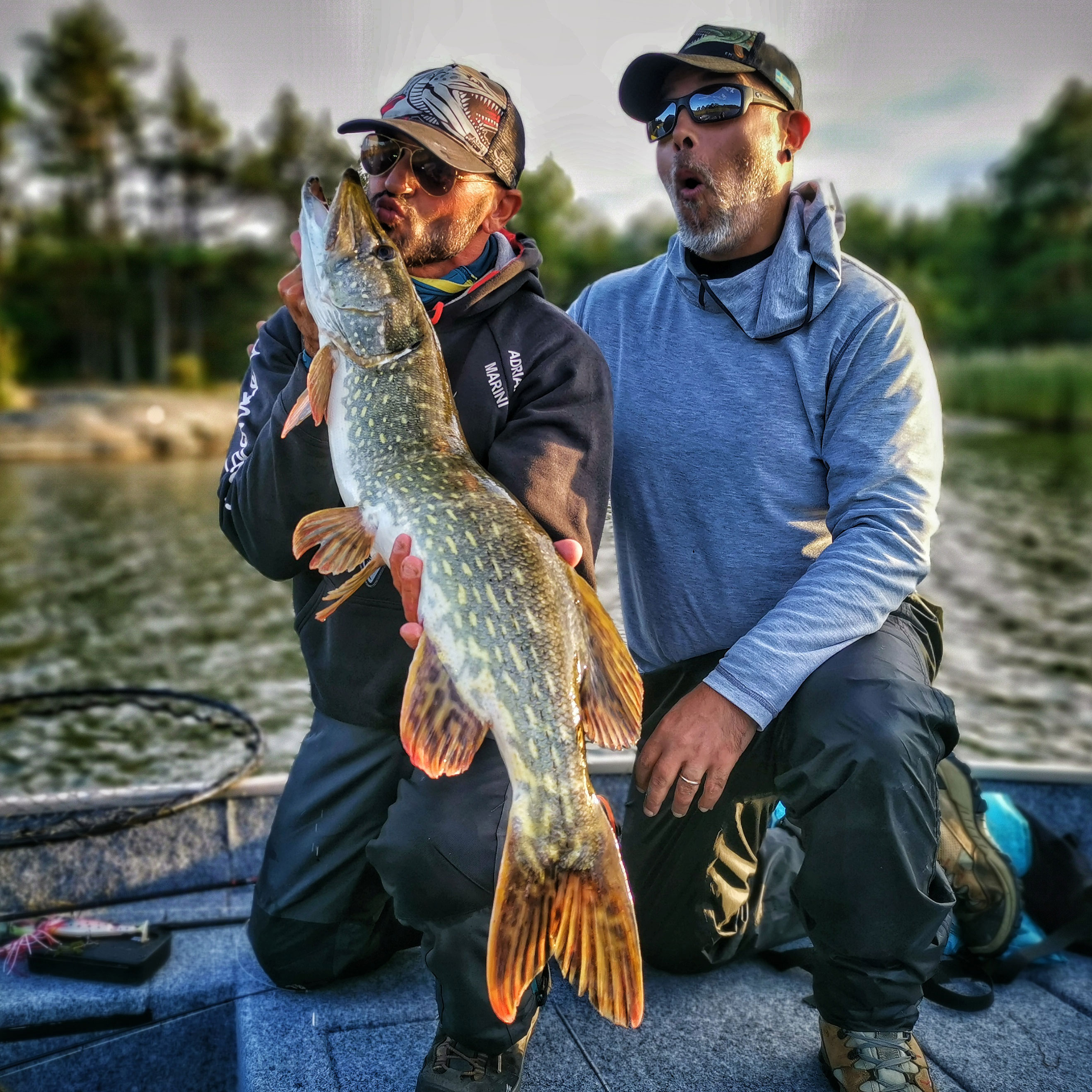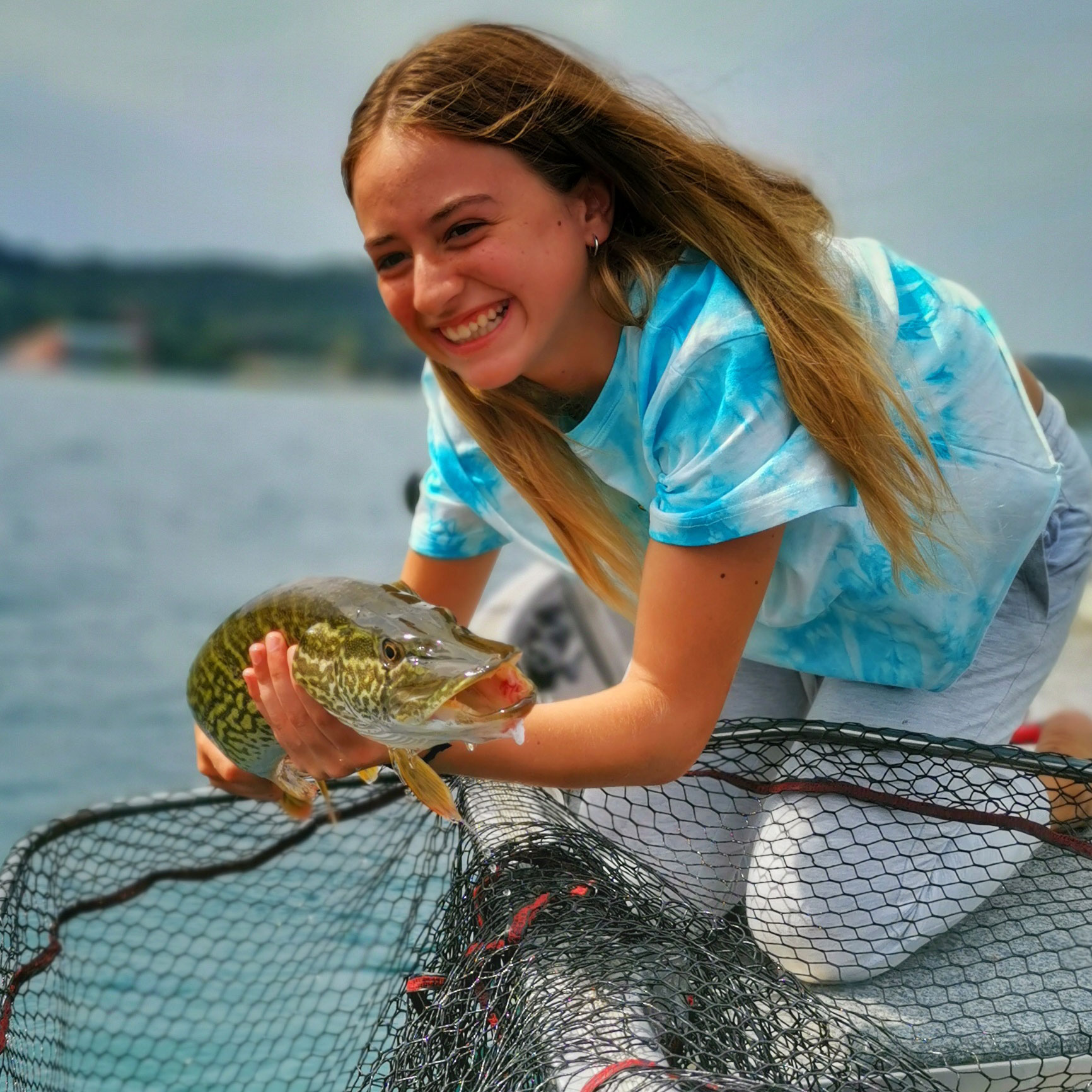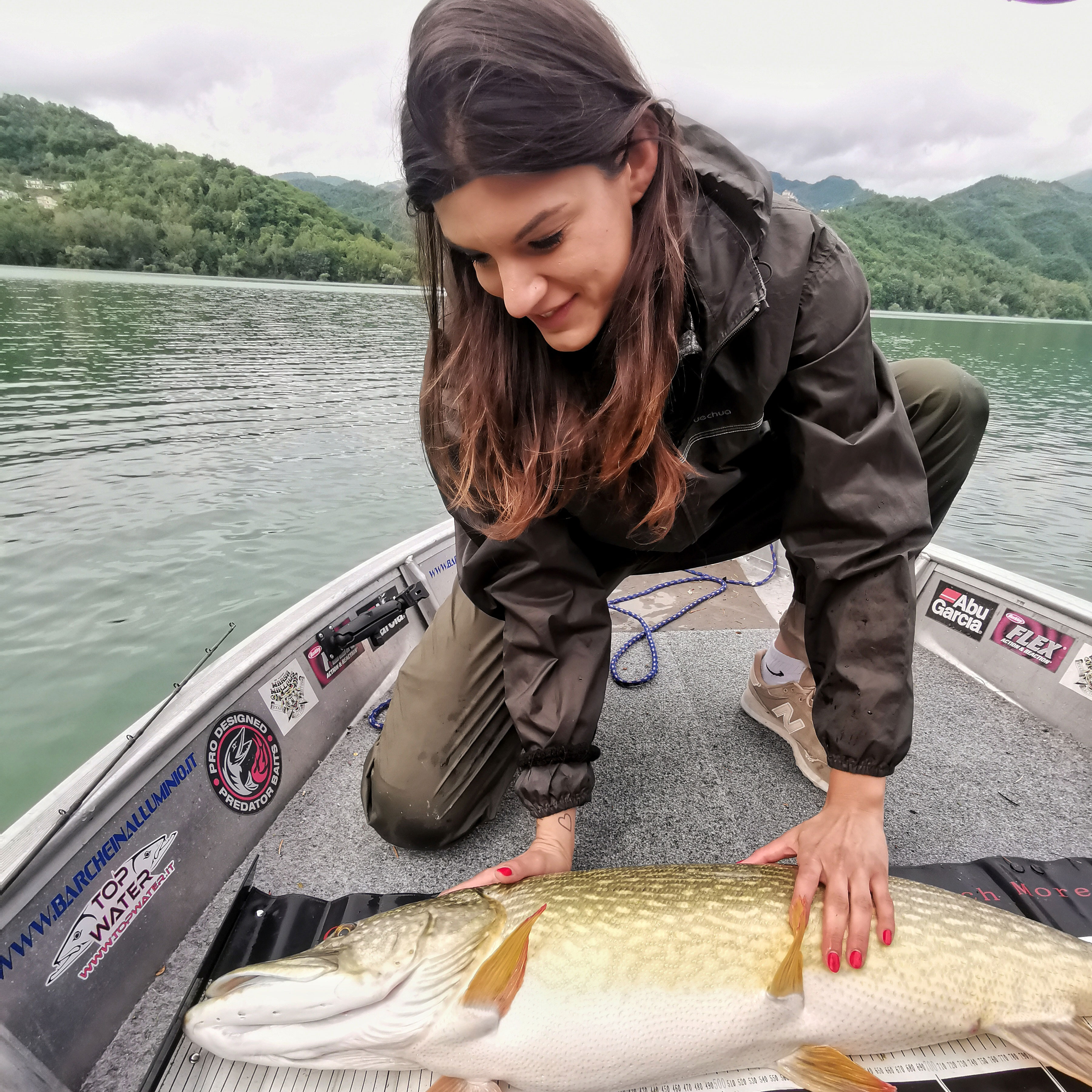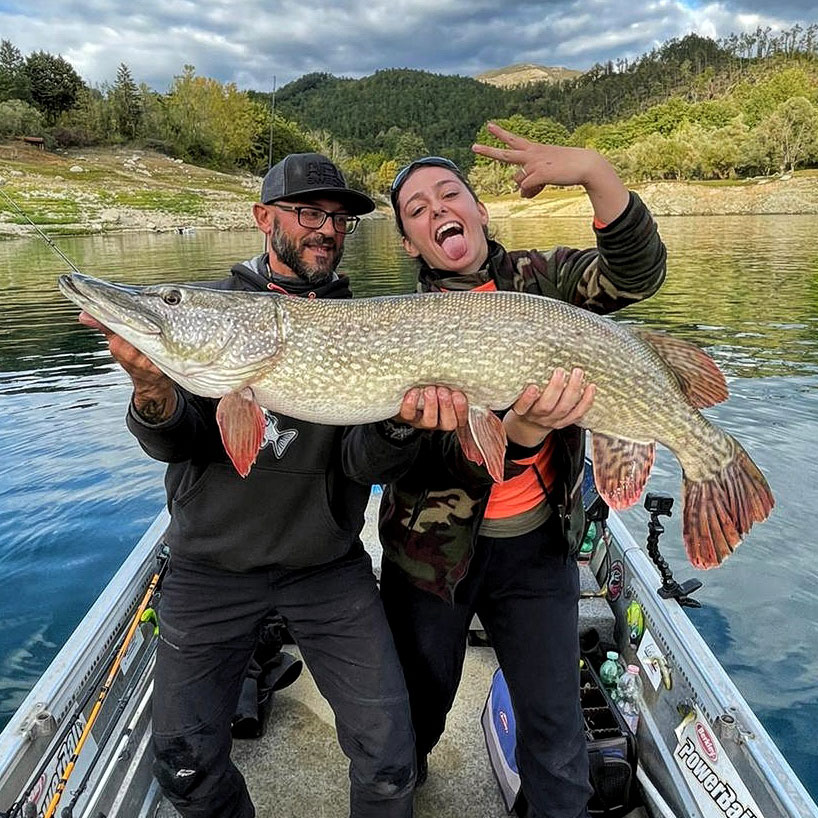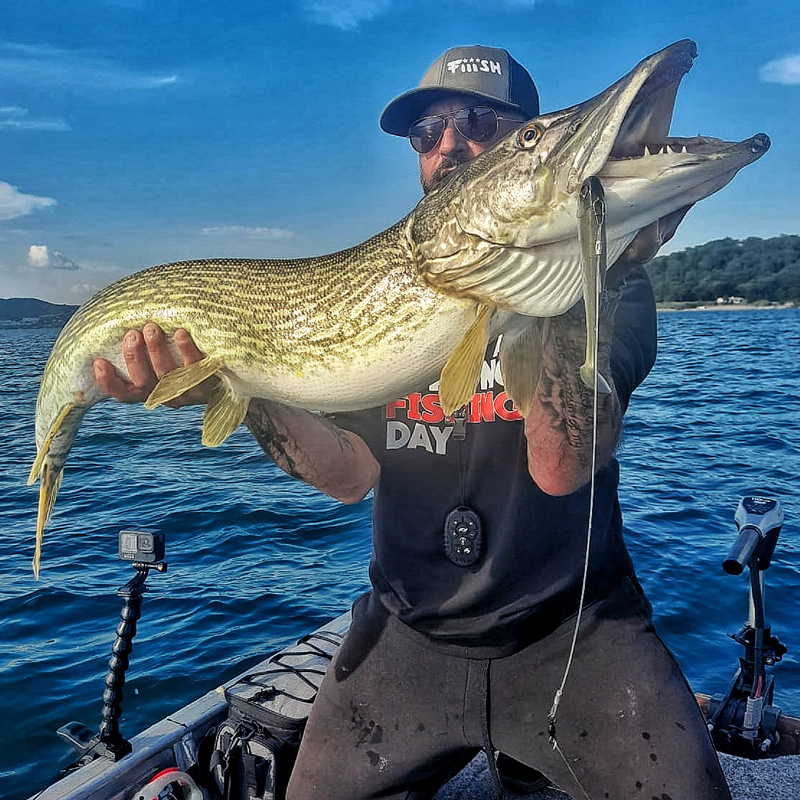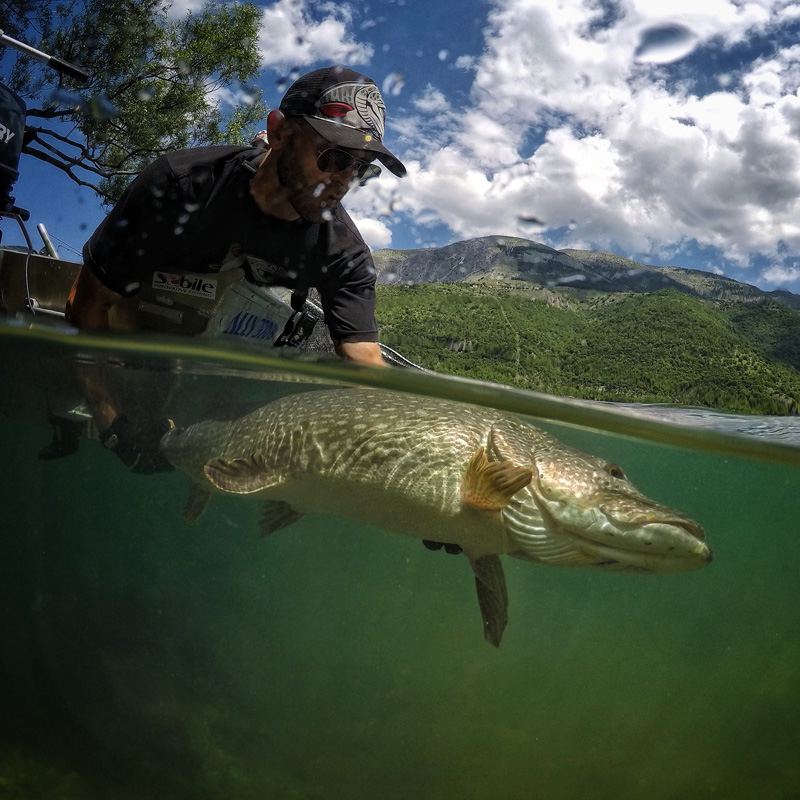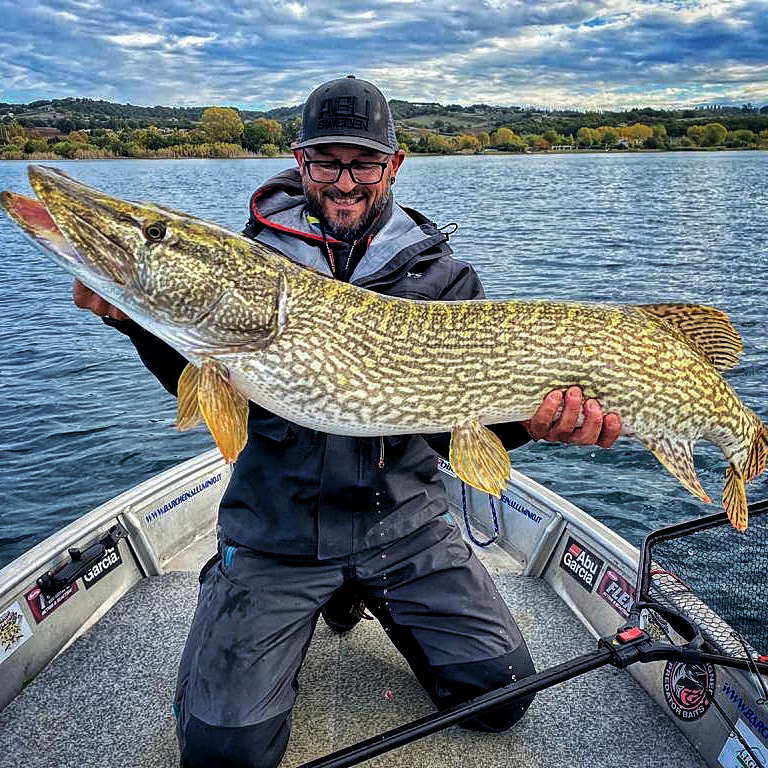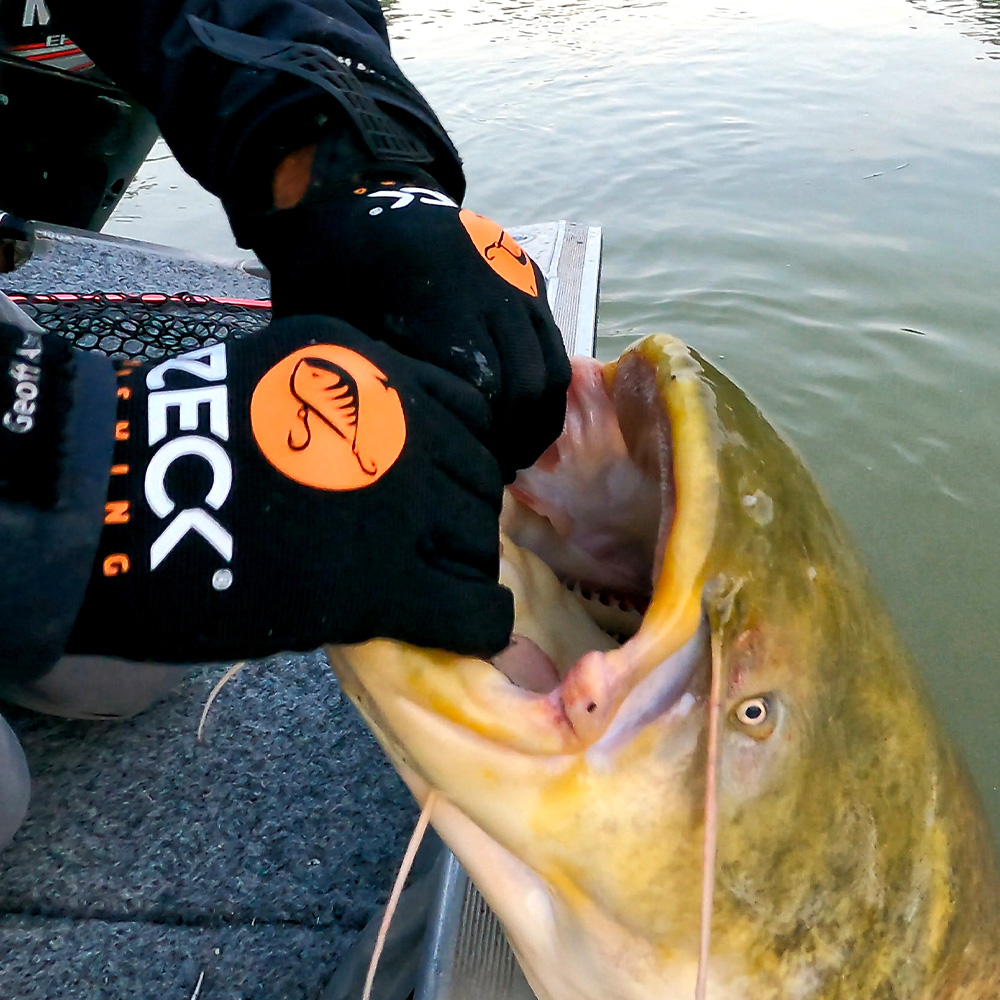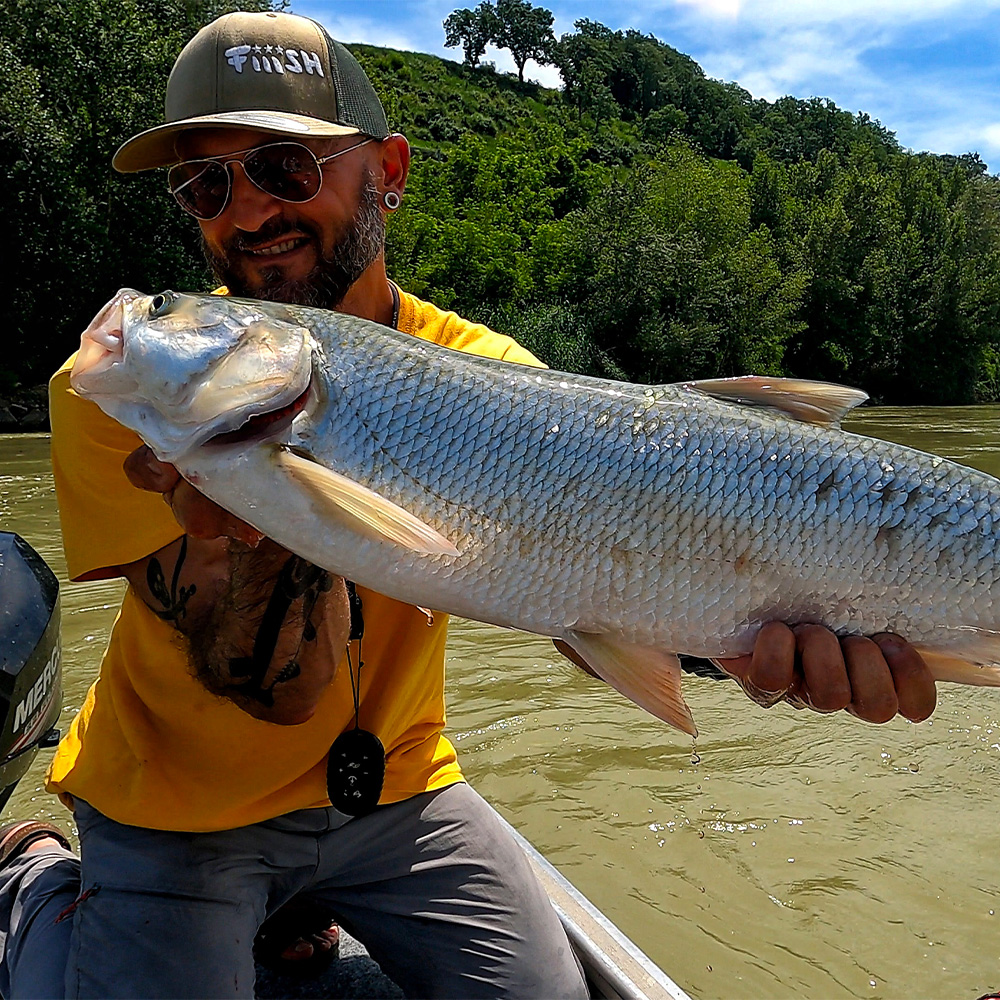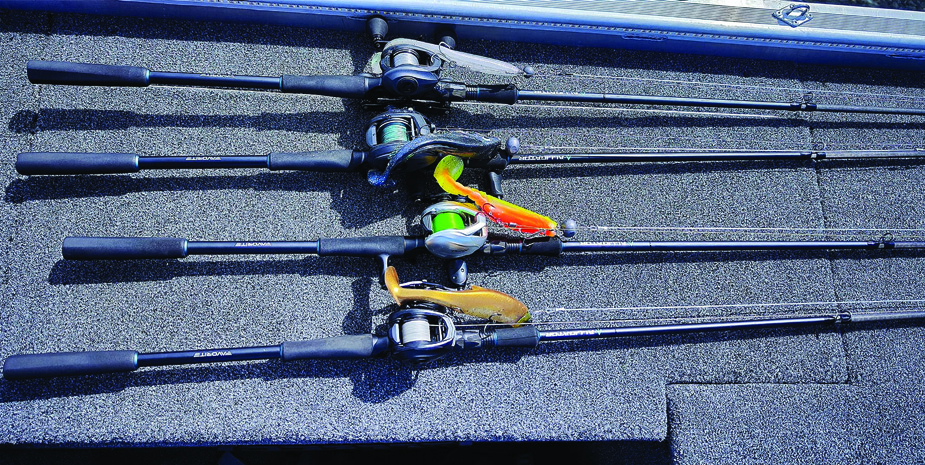
Fishing for pike with artificial lures involves using a wide variety of lures of different weights and sizes, as well as employing very different fishing techniques. It's impossible to define the perfect pike rod. Given the various factors affecting fishing conditions, our needs will vary. To fish more effectively, it’s preferable to have dedicated rods for each technique.The first distinction to make is between spinning and bait-casting.
The choice is mainly a matter of personal preference, but it's worth noting that fishing with large, heavy lures is much easier with bait-casting than with spinning. Additionally, there are situations where the difference between spinning and casting is substantial.
Let's analyze the fundamental differences between these two main techniques:
Spinning.
The classic spinning rod finds less application in modern pike fishing with big baits, but in some cases, it can be a winning tool, especially when fishing from shore and needing to cast a considerable distance. With small to medium-sized lures weighing up to 2 ounces, spinning can help achieve greater casting distances compared to bait-casting, which can make the difference between "being in the game" or not in some environments. Even from a boat, those less adept at bait-casting will find that spinning allows for slightly longer casts and minimizes the risk of tangles (especially when fishing against the wind), giving more time in the water and thus increasing the chances of catches.The disadvantages of this choice include increased difficulty in casting heavy lures (over 2 ounces) and less precise lure control during retrieval.
Additionally, for those fishing from a belly boat, the position of the spinning reel below the rod can be uncomfortable during the action. If the choice falls on spinning for the need to cast long distances, the quality of the rod becomes crucial. It won’t be enough to have a long rod with the right power; you’ll need an extremely high-quality, responsive blank with large, smooth guides to amplify these characteristics. Other important factors for casting distance (which we’ll analyze in detail in a future chapter) include the size and type of the reel spool, the diameter, and the type of braid used. A large spool and a thin, smooth, circular-section braid will facilitate line release, contributing to longer casts.
Bait-Casting.
The bait-casting rod is now one of the most common choices for pike fishing. Bait-casting allows you to hold the rod and reel in one hand, making the reel an extension of your arm, which allows for greater lure control during retrieval. Heavy lures can be cast without effort, and the risk of "whipping" the index finger with each cast is eliminated. In case of catching a big fish, a bait-casting combo can make the fight easier.Now let’s choose the rod based on our fishing needs. We need to ask ourselves some questions whose answers will influence our choice of pike rods. Are we fishing from shore or from a boat? What type of lures do we need to cast? How far do we need to cast? If fishing from a boat, the choice generally falls on shorter rods as they are more manageable, especially if using the boat to fish close to the spot. However, there's a trend towards using longer rods even for boat fishing in some situations where long casts are needed (drift fishing or open water fishing), and a longer rod can be very helpful, depending on the type of lure being cast. For example, when using large soft plastics, an 8-foot rod is more convenient, while jerkbaits are better handled with rods between 6 and 7 feet.For shore fishing, except in certain situations (fishing small rivers or cover close to shore), long casts are needed. In this case, spinning can be a winning choice. The rods should be long and have a power rating between 2 and 3 ounces. The type of lures we plan to cast also heavily influences our choice. The power of pike rods varies greatly, from thin, soft rods casting 2 ounces to extremely robust rods with a power rating of 10 ounces. There are different schools of thought on the best rod power in relation to lure/technique. The choice of weight rating will obviously depend on the lure weight, but again, this is a subjective choice. Many anglers prefer to fish with stiff, oversized rods compared to the lure, while others, like myself, opt for softer rods. Rod action can also vary significantly, determined by design and materials used, from "ultra-fast" to intermediate to parabolic action. It's important to note that while a fast action (combined with a high-modulus carbon blank) improves angler-lure contact and facilitates casting big baits, it can also increase the chances of losing fish and be detrimental during the fight.
Personally, in my job as a pike fishing guide, I use FAVORITE pike rods, specifically the ALLIGATOR series, which includes four bait-casting rods of different power ratings: 4 ounces, 6 ounces, 8 ounces, and a shorter 4-ounce jerkbait version.
The All-Round Rod.
In some cases, economic factors or the need to carry minimal gear on a fishing trip (to stay light or move more easily) may lead to choosing a single rod, the so-called “all-round rod.” If we need to buy one rod for every situation, my advice is to get a 6-ounce bait-casting rod between 7 and 8 feet long or a spinning rod of the same length, with a power rating between 2 and 3 ounces. The truly important factor in choosing an all-round rod is the quality of the blank and components. Inevitably, we’ll often have to use our rod improperly, casting lures heavier or lighter than the rated power, which will put the rod to the test.
Contacts INFO for Fishing Rod
LAKES
| Lake Type | Vulcanic | |
| Altitude | 340 feet | |
| Surface | 22 miles2 | |
| Depth | 540 feet | |
| Distance from Rome | 24 miles | |
| Target | Pike, Bass |
| Lake Type | Artificial | |
| Altitude | 1760 feet | |
| Surface | 4 miles2 | |
| Depth | 285 feet | |
| Distance from Rome | 68 miles | |
| Target | Pike, Asp, Perch |
| Lake Type | Artificial | |
| Altitude | 1760 feet | |
| Surface | 2 miles2 | |
| Depth | 220 feet | |
| Distance from Rome | 65 miles | |
| Target | Pike, Asp, Perch |
| Lake Type | Vulcanic | |
| Altitude | 660 feet | |
| Surface | 1 miles2 | |
| Depth | 190 feet | |
| Distance from Rome | 24 miles | |
| Target | Pike, Bass |
| Lake Type | Artificial | |
| Altitude | 1210 feet | |
| Surface | 1 miles2 | |
| Depth | 62 feet | |
| Distance from Rome | 62 miles | |
| Target | Pike |
| Lake Type | Volcanic | |
| Altitude | 1000 feet | |
| Surface | 44 miles2 | |
| Depth | 134 feet | |
| Distance from Rome | 86 miles | |
| Target | Bass, Pike |

| Lake Type | Artificial | |
| Altitude | 2850 feet | |
| Surface | 1 miles2 | |
| Depth | 134 feet | |
| Distance from Rome | 86 miles | |
| Target | Pike, Perch |

| River | ||
| Altitude | 490 feet | |
| Spot Length | 27 miles | |
| Distance from Rome | 18 miles | |
| Target | Catfish, Asper, Chub |
BOAT
My boat is a 4355 alluminium alaska boat perfectly equipped for fishing, safe and unsinkable.
- Length 14 feet
- Engine 1 Mercury 20 Hp
- Engine 2 Rhino BLX 110 lbs 24 volt
- Bow Engine Minnkota Terrova 80 lbs 24 volt
- Fish Finder GPS 2 x Humminbird Helix MSI+
- Mega Live imaging
- Lithium Battery e 24 volt LitioStore
ADRIANO MARINI
BIO
My name is Adriano Marini and I am a professional AIGUPP fishing guide code ITA0108/21. I started fishing with my father at the age of 8. Through the years I have gained experience, by trying different techniques, to specialize in predators fishing; and I started practicing catch and release from a very young age. Since 2015 I have been a fishing guide with a specialization in pike fishing.
TV Series on Sky pesca TV "Pike Story". I am also a collaborator and editor about pike fishing for these magazines: Pesca spinning, Spinning passione and “Piscor magazine”. In 2015 together with Americo Rocchi we made the documentary: I segreti del luccio 2. My goal is to provide an unforgettable fishing experience: funny, educational and relaxing; always placing priority on nature respect and fish protection.


